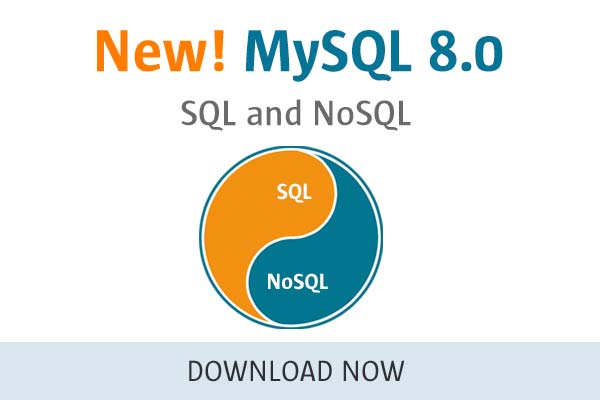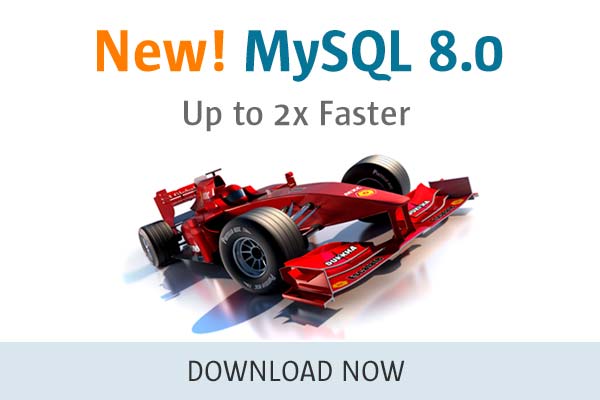MySQL Blogs
Point-in-Time Recovery in OCI MDS with Object Storage – part 2
In part 1 of the series about Point-in-Time Recovery in OCI MDS, we saw how to stream the binary log to Object Storage.
In this blog post, we will see how we can restore the data up to certain point.
Point-in-Time Recovery in OCI MDS with Object Storage – part 1
To setup point-in-time recovery for MDS using Object Storage, these are the prerequisites:
a MDS instance running
a backup plan (default)
a compute instance
an Object Storage Bucket
In this article, I won’t focus on how to create a MDS instance, a compute instance, enable backups and Object Storage Bucket, this is easy and there is already a lot of literature about them (you can also check several of my previous articles).
Setup Disaster Recovery for OCI MySQL Database Service
When you create a MySQL Database Service instance in OCI, you have the choice between 3 types:
If you have minutes as RTO (Recovery Time Objective) in case of a failure, you must choose a High Availability instance that will deploy a Group Replication Cluster over 3 Availability Domains or 3 Fault Domains. See Business Continuity in OCI Documentation.
How to import data from Microsoft SQL Server to MySQL Database Service
After having see how we can import data from PostgreSQL and Amazon Redshift, this time we will see how we can export data from Microsoft SQL Server and import it into MySQL Database Service in OCI.
This time we will use something extra (for fun but also because it’s practical): OCI Object Storage !
The process will be to export the data directly to OCI Object Storage from the MS SQL Server and then import it to MySQL Database Service using MySQL Shell importTable() utility reading directly from the Object Storage Bucket.
How to import data from Amazon Redshift to MySQL Database Service
We saw in this previous post how to import data from PostgreSQL to MySQL Database Service. Using almost the same technique, we will now import data from Amazon Redshift and import it to a MDS instance.
With Redshit we have two options to export the data to CSV files that can be imported to MDS:
using Redshit’s UNLOAD
using PostgreSQL’s output to local files
For this article we use the sample database that can be loaded into Redshift at the instance’s creation: tickit:
MySQL Community Server
New Releases 
- MySQL Cluster 7.6
(7.6.20 GA) - MySQL Cluster 7.5
(7.5.24 GA) - MySQL Cluster 7.4
(7.4.34 GA) - MySQL Workbench 8.0
(8.0.27 GA) - MySQL Shell 8.0
(8.0.27 GA)
"The Documents contained within this site may include statements about Oracle's product development plans. Many factors can materially affect Oracle's product development plans and the nature and timing of future product releases. Accordingly, this Information is provided to you solely for information only, is not a commitment to deliver any material, code, or functionality, and should not be relied upon in making purchasing decisions. The development, release, and timing of any features or functionality described remains at the sole discretion of Oracle.
THIS INFORMATION MAY NOT BE INCORPORATED INTO ANY CONTRACTUAL AGREEMENT WITH ORACLE OR ITS SUBSIDIARIES OR AFFILIATES. ORACLE SPECIFICALLY DISCLAIMS ANY LIABILITY WITH RESPECT TO THIS INFORMATION. Refer to the LEGAL NOTICES AND TERMS OF USE for further information."



